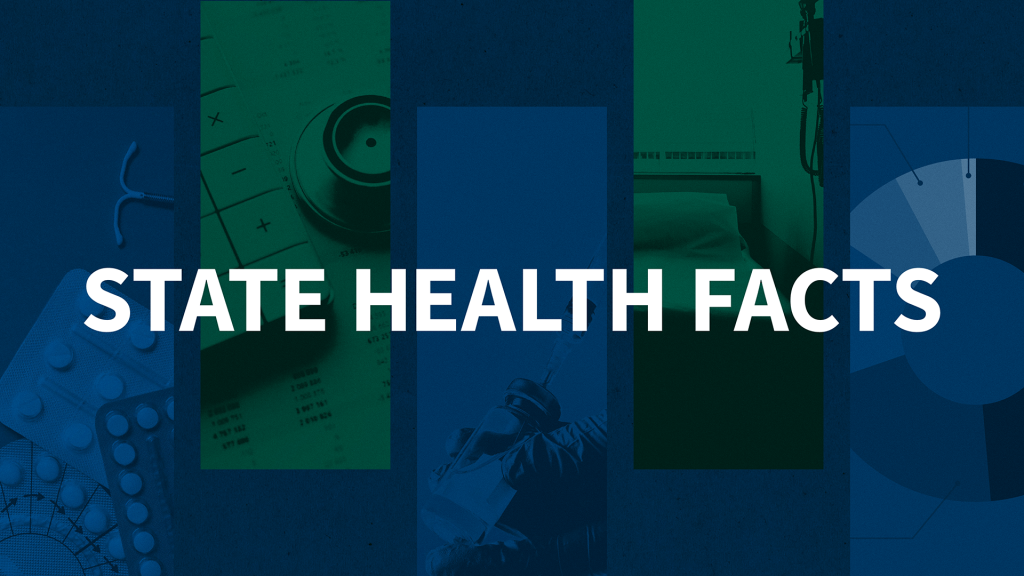Medicare’s Disabled Beneficiaries: The Forgotten Population in the Debate Over Drug Benefits
About 5 million Americans under age 65 qualify for Medicare coverage because they are totally and permanently disabled. They are more likely than the elderly to live in poverty, to be in poor health, and to experience difficulties living independently and performing basic daily tasks.
